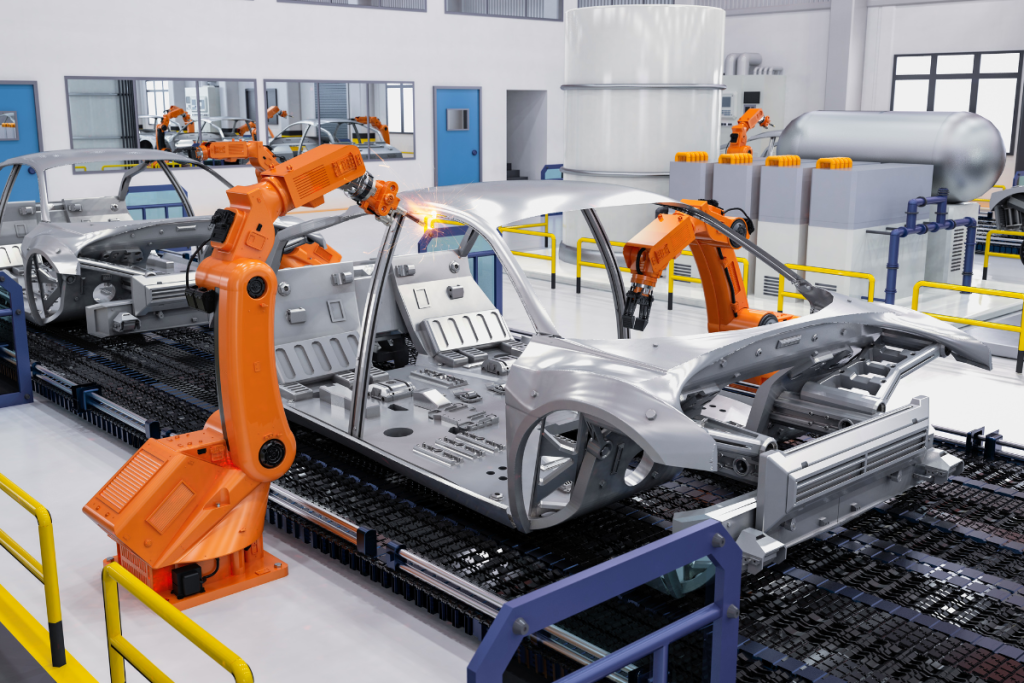A fresh wave of collaboration between academia and industry is gaining momentum as Flex, the Texas-based contract manufacturing powerhouse, joins MIT’s newly formed Initiative for New Manufacturing (INM). The initiative, launched last month, aims to reinvigorate American manufacturing through artificial intelligence, machine automation, and modern workforce practices.
A Strategic Alliance for AI-Driven Production
Flex’s inclusion in the six-company consortium marks a clear step forward for adaptive manufacturing. Alongside partners such as Amgen, GE Vernova, PTC, Sanofi, and Siemens, Flex will collaborate with MIT’s researchers and educators to test and deploy new system-level approaches.
The focus is not just on adopting advanced technologies but also on integrating them to reimagine production processes and bolster the U.S. industrial base. Notably, Flex will extend this work to its Sorocaba, Brazil facility, where MIT faculty and students will engage with the Flex Institute of Technology (FIT) on electronic manufacturing research and development.
Reindustrialization as a National Priority
Siemens, a founding member, highlights the strategic relevance of this partnership as the U.S. seeks to reclaim its industrial capabilities after decades of offshoring. The German conglomerate is investing $1.5 million over the next three years to fund INM’s research and training, viewing it as a platform to bridge innovative technology with practical implementation.
According to Siemens’ Chief Technology and Strategy Officer Peter Koerte, real-time adaptive production is not merely an aspirational goal, it’s a competitive necessity for the next era of resilient manufacturing.
Building Competitive Resilience
This renewed focus on domestic manufacturing carries broader implications for global supply chain resilience and competitive advantage. As MIT’s factory observatory programs give students first hand exposure to Flex’s adaptive production environments, the partnership sets a precedent for collaborative R&D that balances cutting-edge AI deployment with human-centered practices.
It also signals an important shift: turning American factories into laboratories of continuous innovation rather than static production lines. This evolving approach can serve as a blueprint for other industrial players to future-proof their operations through technology and workforce synergy, an imperative that extends well beyond Flex and MIT.




